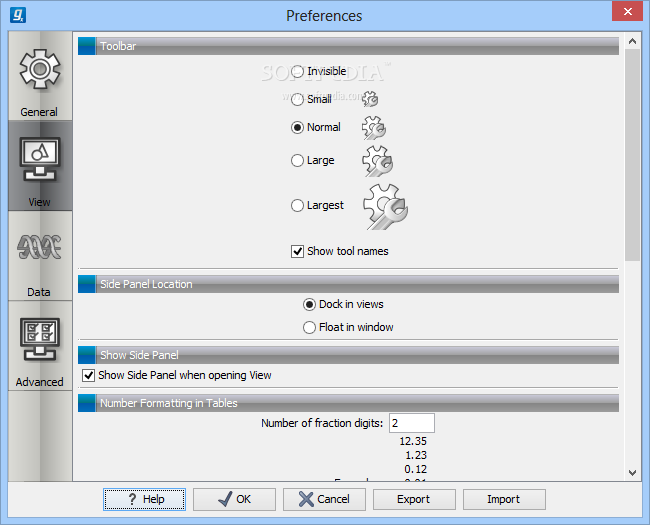

For example, Escherichia coli proteome analysis revealed that only approximately half of protein abundance is determined by transcriptional regulation, which indicates the existence of various post-transcriptional regulation 18. Based on this suggestion, putative regulatory genes and their interconnected networks could be identified by screening genes that have similar expression patterns 13.īacteria can fine-tune gene expression both at the transcriptional and translational levels 16, 17.

For example, the time-series transcriptome analysis of Streptomyces coelicolor demonstrated that coherent genes that are involved in specific metabolism and their regulatory genes exhibit similar expression patterns during metabolic transitions this suggests that primary metabolism-related genes are functionally connected to the smBGC genes through regulatory gene expression.

To understand the underlying molecular mechanisms of metabolic transitions, transcriptional changes that occur between growth phases have been studied 13, 14, 15. The overall metabolic transition encompasses diverse genome-wide gene expression changes, which are regulated by signaling cascades from the pleiotropic regulators to pathway-specific regulators 8, 10, 12, 13. Thus, understanding the complex regulatory systems of the metabolic transition is important to enhance secondary metabolite production. After active growth terminates, an overall metabolic transition occurs, which leads to the activation of secondary metabolite production 8, 9 this metabolic transition from primary to secondary metabolism is governed by multi-layered regulatory mechanisms at transcriptional, translational, and post-translational levels 10, 11.
#Clc genomics workbench 7.5 series#
These secondary metabolites are synthesized by a series of enzymatic reactions, which depend on the supply of precursor molecules from primary metabolism, such as acetyl-coenzyme A and amino acids 7. Recent advancements in high-throughput sequencing have led to the development of the genome mining approach, which implicates that the genome of each Streptomyces species has more than 30 secondary metabolite biosynthetic gene clusters (smBGCs) with potential to produce various unexplored secondary metabolites 2. Streptomyces, which comprise the largest genus of Actinobacteria, are huge natural reservoir of secondary metabolites, including antibiotics, immunosuppressants, and other medicinal compounds 1, 2, 3, 4, 5, 6.

These data provide a comprehensive understanding of the transcriptional and translational landscape across the Streptomyces species and contribute to facilitating the rational engineering of secondary metabolite production. Herein, 12.0 to 763.8 million raw reads were sufficiently obtained with high quality of more than 80% for the Phred score Q30 and high reproducibility. In this study, RNA-Seq and ribosome profiling were performed for five industrially important Streptomyces species at different growth phases, for the deep sequencing of total mRNA, and only those mRNA fragments that are protected by translating ribosomes, respectively. Thus, dynamic changes in gene expression in response to cellular status at both the transcriptional and translational levels should be elucidated to directly reflect protein levels, rapid downstream responses, and cellular energy costs. The smBGCs are tightly controlled by complex regulatory systems at transcriptional and translational levels to effectively utilize precursors that are supplied by primary metabolism. Streptomyces are efficient producers of various bioactive compounds, which are mostly synthesized by their secondary metabolite biosynthetic gene clusters (smBGCs).


 0 kommentar(er)
0 kommentar(er)
